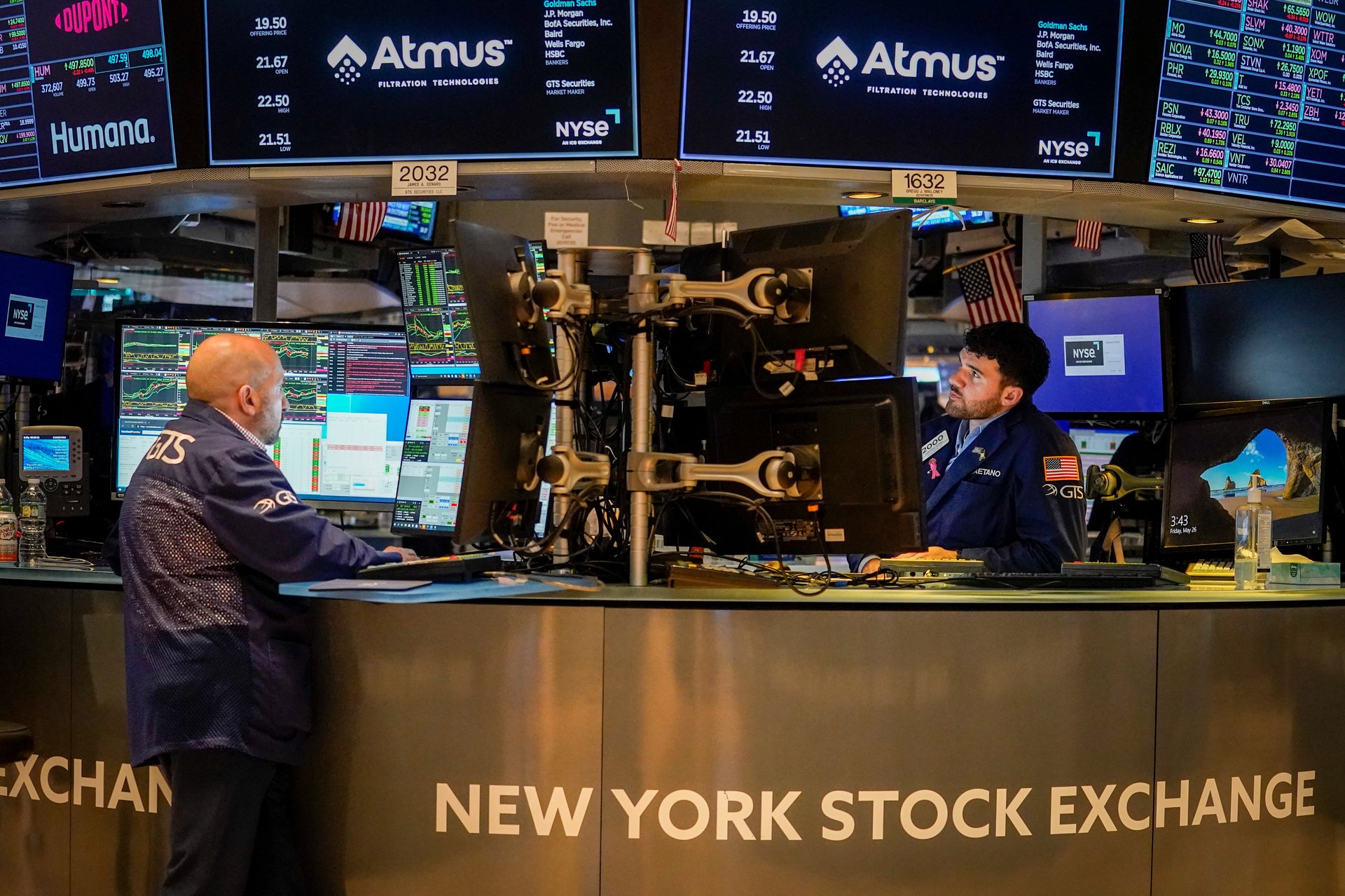Worries are rising about inflated profit expectations on Wall Street
Corporate profits may have already hit bottom: After falling for much of the last year, S&P 500 companies are expected to report 0.2% profit growth for the summer

NEW YORK (AP) — Corporate profits may have already hit bottom: After falling for much of the last year, S&P 500 companies are expected to report 0.2% profit growth for the summer.
Suggested Reading
While that sounds anemic, it would be the first quarter of growth in a year, according to FactSet.
Related Content
For three straight quarters, profits have fallen from year-ago levels due to pressure from higher costs and a fragile global economy. Hopes for a return to growth are crucial for the stock market to extend this year's rally.
“Now, the bull case is shifting to one premised on reaccelerated earnings,” says Lisa Shalett, chief investment officer at Morgan Stanley Wealth Management, of the narrative driving the market.
One problem though: Inflation remains high, even if it’s eased since last summer’s peak, and it’s continuing to eat into companies’ profits.
Several big airlines have recently warned of the hit they’ll take to profits for the summer because of higher fuel costs in particular.
American Airlines, for example, said it expects to earn only 20 to 30 cents per share in adjusted earnings, down sharply from an earlier forecast of between 85 and 95 cents.
American saw an average fuel price of $2.90 to $3 per gallon during the third quarter. That’s well above its prior forecast of $2.55 to $2.65.
Like drivers across the country, the airline is suffering from a jump in oil prices since June. A barrel of benchmark U.S. crude topped $90 recently after sitting below $70 earlier in the third quarter.
And it’s not just higher fuel prices eroding profits at companies. Their workers are also demanding higher pay, frustrated at failing to keep up with inflation while CEO compensation keeps rising.
The United Auto Workers union has rejected contract offers raising their pay 20% over the next few years, instead calling for raises at Ford, General Motors and Stellantis of nearly double that.
Unlike Detroit’s Big 3 automakers, delivery giant UPS narrowly averted a strike last month when 340,000 of its unionized workers approved a deal that the Teamsters called the most lucrative it ever negotiated with the company. By the end of the contract, the average UPS full-time driver will make about $170,000 annually in pay and benefits.
After coming into this month expecting UPS to report earnings per share of $2.06 for the current quarter, analysts are now forecasting just $1.73, according to FactSet. If more companies see similar pressures, the S&P's profit slide could extend to a fourth-straight quarter.